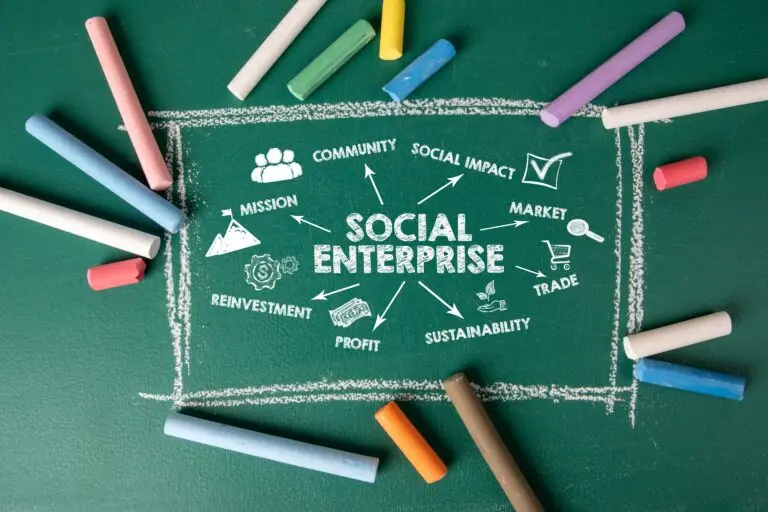Trico Charitable Foundation (TCF) defines social entrepreneurship as “Using business models (selling goods or services) to enhance social impact.”
There is no official definition of “social entrepreneurship” in Canada. In fact, around the world, it is rare to have an official definition. TCF has looked at many definitions and surveyed over 120 Canadians asking what their definitions are and we have found that, a) while there may be some nuances (for example, some definitions focus on a need for social innovation or that at least 51% of profits must be reinvested into the enterprise), and b) almost everyone uses their own wording, the vast majority (high 90%) center around the idea of using business models to enhance social impact.
For TCF:
– Social entrepreneurship refers to the activity of using business models to enhance social impact.
– Social entrepreneur refers to the person using business models to enhance social impact.
– Social enterprise refers to the organization or initiative (depending on whether it is a stand-alone organization or an initiative within a larger organization) using business models to enhance social impact.
Just as there is no official definition in Canada, there is no specific registration or legal structure for social entrepreneurship. In other words, it can take any legal structure: non-profit, charitable, for-profit, co-op, B. Corp etc., etc.

Image Source: Shutterstock
This is a far more important question and rarely gets asked.
When asked, most people will respond “to create social impact” or “to generate revenue”, but those can’t be the full answers because there are other ways to create social impact or generate revenue – for example, through grants, sponsorship, or government.
The reason to do social entrepreneurship is it utilizes the power of business models to enhance social impact (and generate revenue).
This may seem like a small point, but focusing on business models, understanding what they bring to the table to enhance social impact, and how to fully harness them, are the greatest needs in the social entrepreneurship space.
In addition to helping people understand “the basics”, TCF has focused on providing real-life social entrepreneurship stories to inspire people as to the possibilities of social entrepreneurship (to see a life “beyond the basics”) and tools to explore those possibilities. These materials are available for free, 24/7, you don’t even need to register.
While our current version is pretty good, we are working on substantial upgrades that build on insights from our two most recent training cohorts, a new data collection initiative, and a major research collaboration with the Haskayne School of Business at the University of Calgary. If all goes to plan, the new upgrades will also have an AI coaching option.
You can check out our current materials here and/or email us at info@tricofoundation.ca to ask questions or get updates on the upgrades as they become available. Our goal is to have the upgrades launched by September 2025.